The extended period without rainfall in many regions of the country has come to an end but farmers continue to grapple with poor growth figures due to soil moisture deficits.
Latest data form the European Drought Observatory indicates a high deficit in soil moisture across Scandinavia, Latvia, the Netherlands, northern half of Germany, Scotland and most of Ireland. This is noticeable not just from moisture levels but also vegetation stress. Grass growth in Ireland has dipped to 25kg DM/ha/day according to PastureBase figures.
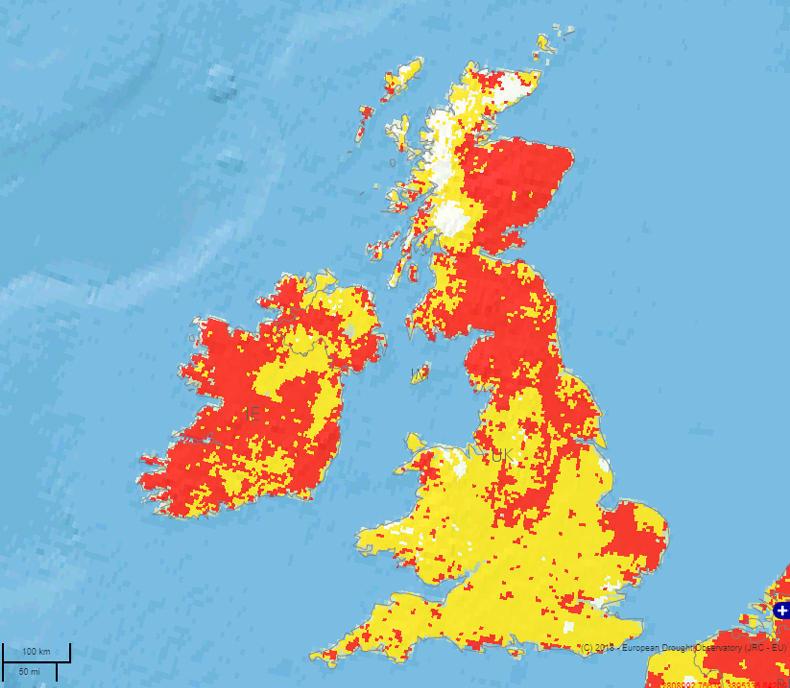
Ireland and the UK have been badly affected by soil moisture deficits, with red areas the most severely affected.
A persistent condition of high pressure is responsible for the prolonged sunny and dry weather over most of central and northern Europe, from west to east. Rainfall has been consistently below normal levels during May and June, with several regions experiencing poor precipitation in the preceding months.
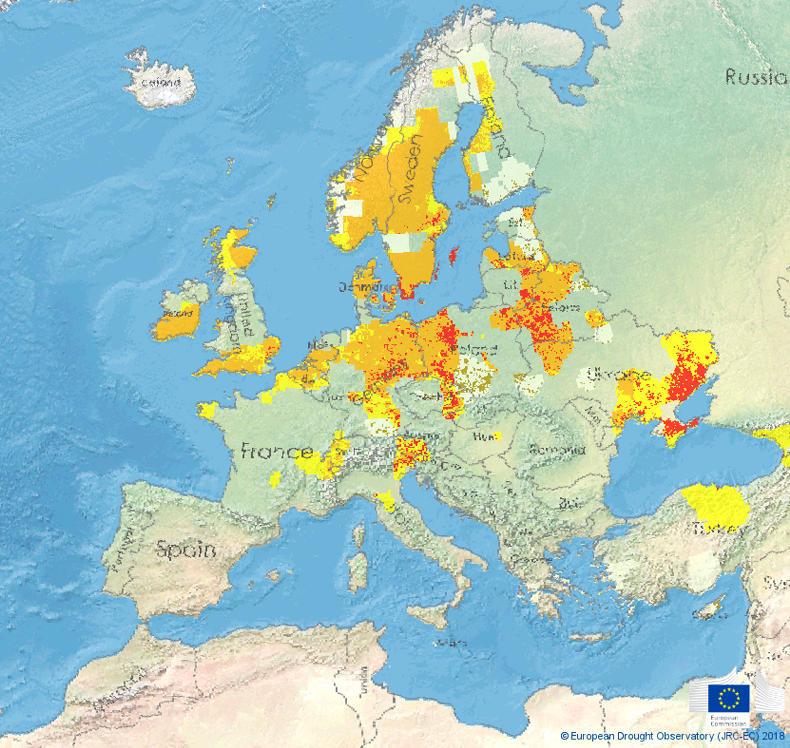
Figure 1. The lack of rainfall has led to heightened fire risks and poor growth conditions.
Areas shaded yellow on the map indicate a rainfall deficit while those shaded orange indicate a soil moisture deficit.
Wildfires
The dry conditions have seen wildfires ravage not only Ireland but large areas of land in other parts of Europe. Satellite images from Copernicus, the EU’s earth observation programme, show wildfires visible from space burning in Sweden.
Moisture deficits
Soil moisture maps show an extensive and severe deficit compared to normal conditions for this time of year on both sides of the Baltic Sea and North Sea, also including Ireland. The heat, sometimes combined with strong winds, quickly depleted the soil moisture through evaporation.

Figure 2. The effects of the drought spread to all of northern Europe, which has been struggling to cope with soil moisture deficits.
Projections after mid-July suggest a strong recovery to the south and east of the Baltic Sea, and little or no improvement at all elsewhere.
Read more
Crops, forests and fire crews affected by continuing wildfires
Farmers facing 30% fodder shortfall
The extended period without rainfall in many regions of the country has come to an end but farmers continue to grapple with poor growth figures due to soil moisture deficits.
Latest data form the European Drought Observatory indicates a high deficit in soil moisture across Scandinavia, Latvia, the Netherlands, northern half of Germany, Scotland and most of Ireland. This is noticeable not just from moisture levels but also vegetation stress. Grass growth in Ireland has dipped to 25kg DM/ha/day according to PastureBase figures.

Ireland and the UK have been badly affected by soil moisture deficits, with red areas the most severely affected.
A persistent condition of high pressure is responsible for the prolonged sunny and dry weather over most of central and northern Europe, from west to east. Rainfall has been consistently below normal levels during May and June, with several regions experiencing poor precipitation in the preceding months.

Figure 1. The lack of rainfall has led to heightened fire risks and poor growth conditions.
Areas shaded yellow on the map indicate a rainfall deficit while those shaded orange indicate a soil moisture deficit.
Wildfires
The dry conditions have seen wildfires ravage not only Ireland but large areas of land in other parts of Europe. Satellite images from Copernicus, the EU’s earth observation programme, show wildfires visible from space burning in Sweden.
Moisture deficits
Soil moisture maps show an extensive and severe deficit compared to normal conditions for this time of year on both sides of the Baltic Sea and North Sea, also including Ireland. The heat, sometimes combined with strong winds, quickly depleted the soil moisture through evaporation.

Figure 2. The effects of the drought spread to all of northern Europe, which has been struggling to cope with soil moisture deficits.
Projections after mid-July suggest a strong recovery to the south and east of the Baltic Sea, and little or no improvement at all elsewhere.
Read more
Crops, forests and fire crews affected by continuing wildfires
Farmers facing 30% fodder shortfall










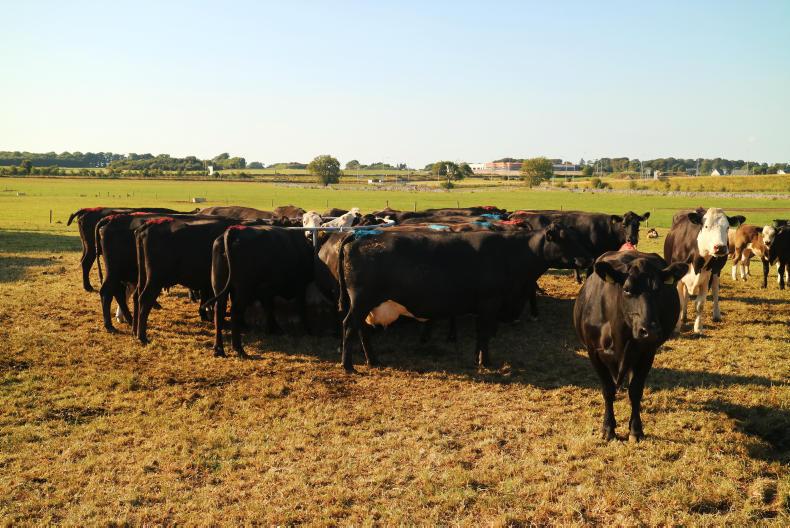
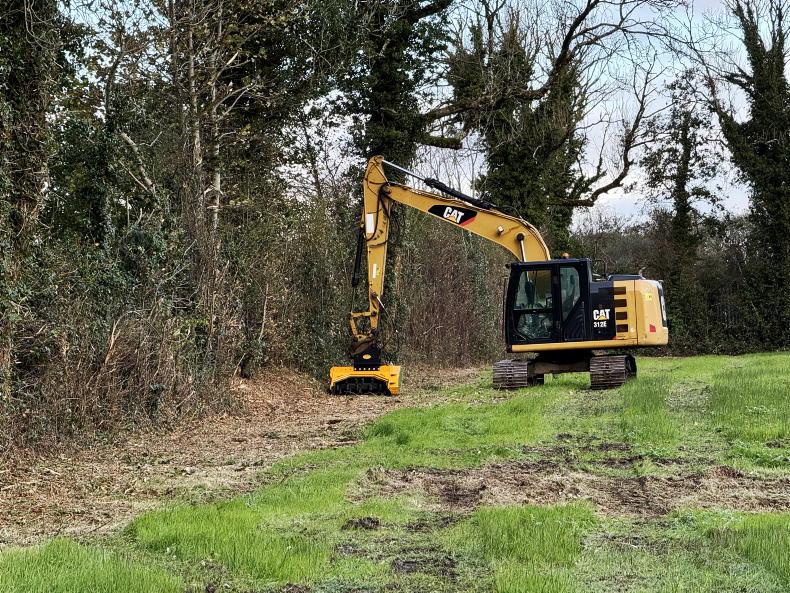
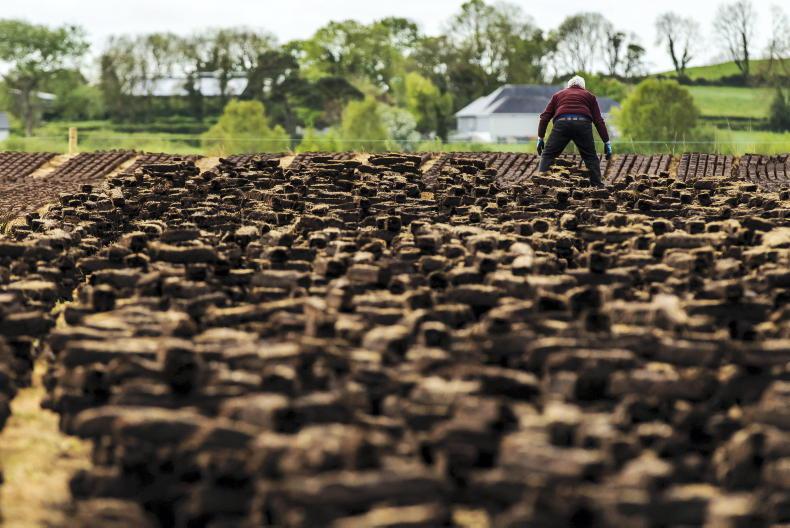


SHARING OPTIONS